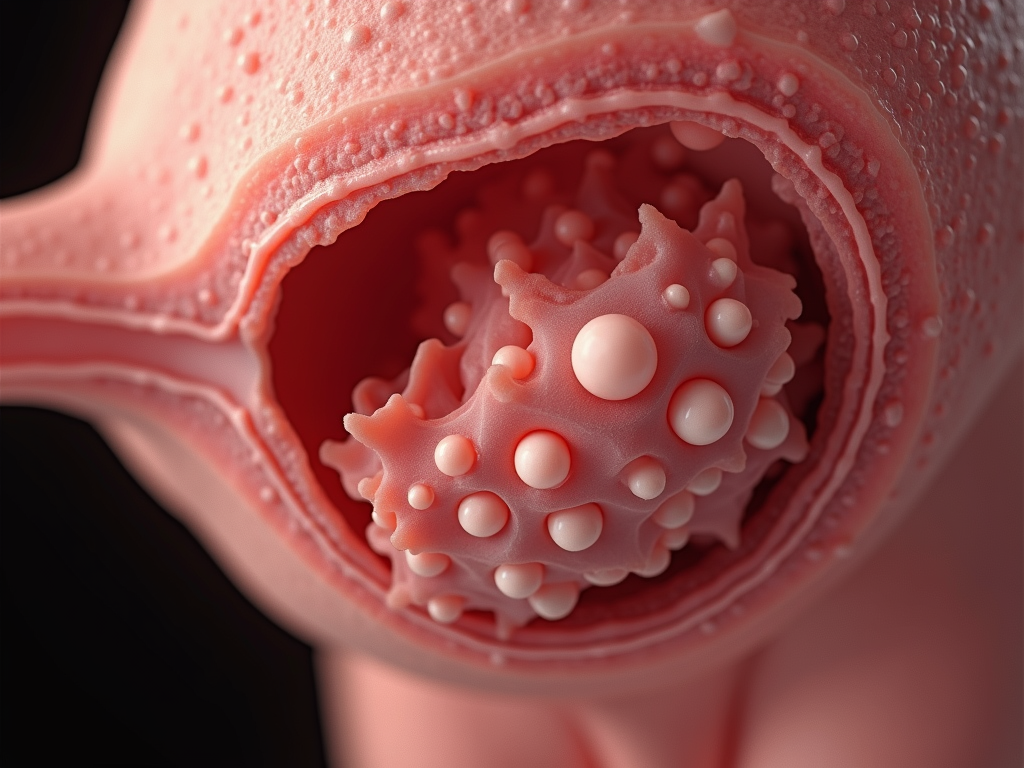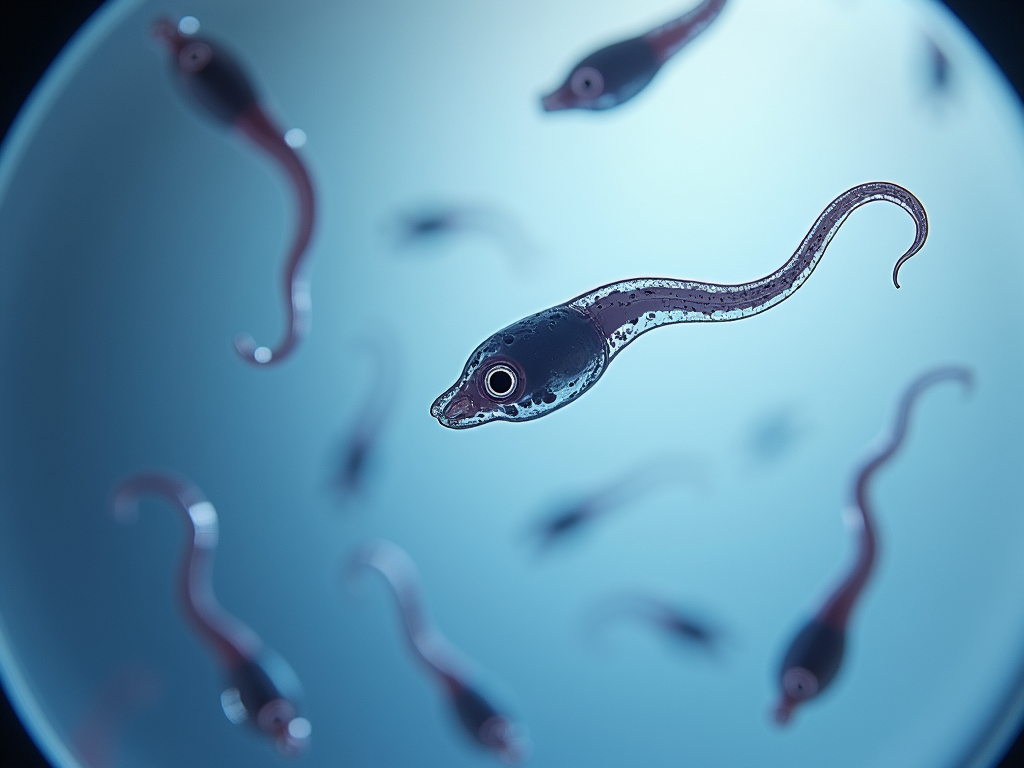Common Causes of Infertility and Diagnosis: What You Need to Know
May 8, 2025, 5:25 p.m.
Infertility is a common issue that affects millions of couples worldwide. It is defined as the inability to conceive after one year of regular, unprotected intercourse. While it can be a challenging and emotional journey, understanding the common causes and the diagnostic process can empower couples to seek appropriate help and explore their options.

What is Infertility?
Infertility is not just a woman's problem; it can affect both men and women. According to the Centers for Disease Control and Prevention (CDC), about 10% of women in the United States have difficulty getting pregnant or staying pregnant. Additionally, male factors contribute to infertility in approximately 30-40% of cases.
The impact of infertility can be profound, affecting emotional well-being and relationships. However, with advancements in medical science, many couples can overcome infertility and achieve their dream of parenthood.

Common Causes of Infertility
In Women
Several factors can contribute to infertility in women:
- Ovulation Disorders: Conditions like polycystic ovary syndrome (PCOS) can disrupt regular ovulation, making it difficult to conceive.
- Tubal Factors: Blocked or damaged fallopian tubes can prevent the sperm from reaching the egg or the fertilized egg from reaching the uterus.
- Uterine Factors: Abnormalities such as fibroids or polyps in the uterus can interfere with implantation.
- Endometriosis: This condition, where tissue similar to the lining of the uterus grows outside it, can cause pain and affect fertility.
- Age-Related Factors: As women age, the quality and quantity of their eggs decline, particularly after age 35.

In Men
Male infertility often revolves around sperm health:
- Sperm Disorders: Low sperm count, poor motility (movement), or abnormal morphology (shape) can reduce the chances of fertilization.
- Varicocele: Enlarged veins in the scrotum can affect sperm production and quality.
- Ejaculation Issues: Problems such as retrograde ejaculation, where semen enters the bladder instead of exiting through the penis, can impact fertility.
- Hormonal Imbalances: Low levels of testosterone or other hormones can affect sperm production.
- Lifestyle Factors: Smoking, excessive alcohol consumption, drug use, and obesity can all negatively impact sperm health.

Unexplained Infertility
In some cases, despite thorough testing, no specific cause for infertility is found. This is known as unexplained infertility and can be particularly frustrating for couples. However, even in these cases, treatment options are available.
Diagnosis of Infertility
The process of diagnosing infertility typically begins with a comprehensive evaluation of both partners. This includes:
- Initial Consultation: A detailed medical history and physical examination to identify any potential issues.
- Tests for Women:
- Hormone tests to check levels of FSH, LH, estrogen, and progesterone.
- Ovulation tracking through basal body temperature charting or ovulation predictor kits.
- Imaging tests such as ultrasound to examine the ovaries and uterus, or hysterosalpingogram (HSG) to check the fallopian tubes.
- Laparoscopy, a minimally invasive surgery, may be performed if other tests suggest a problem.
- Tests for Men:
- Semen analysis to evaluate sperm count, motility, and morphology.
- Hormone tests to check testosterone and other relevant hormones.
- Genetic tests if there is suspicion of a genetic disorder.
- Imaging tests like ultrasound if needed.

Brief Mention of Treatment Options
Once the cause of infertility is identified, various treatment options may be considered:
- Lifestyle Changes: Improving diet, exercising, quitting smoking, and reducing alcohol intake can enhance fertility.
- Medications: Drugs can stimulate ovulation in women or address hormonal imbalances in men.
- Surgery: Procedures can correct anatomical issues like blocked tubes or varicoceles.
- Assisted Reproductive Technologies (ART): Techniques such as in vitro fertilization (IVF) involve fertilizing an egg outside the body and implanting the embryo into the uterus.

Conclusion
Infertility can be a complex and emotionally taxing issue, but understanding its common causes and the diagnostic process is the first step toward finding a solution. If you are struggling to conceive, remember that you are not alone, and help is available. Consult with a fertility specialist to discuss your options and take proactive steps toward building your family.
